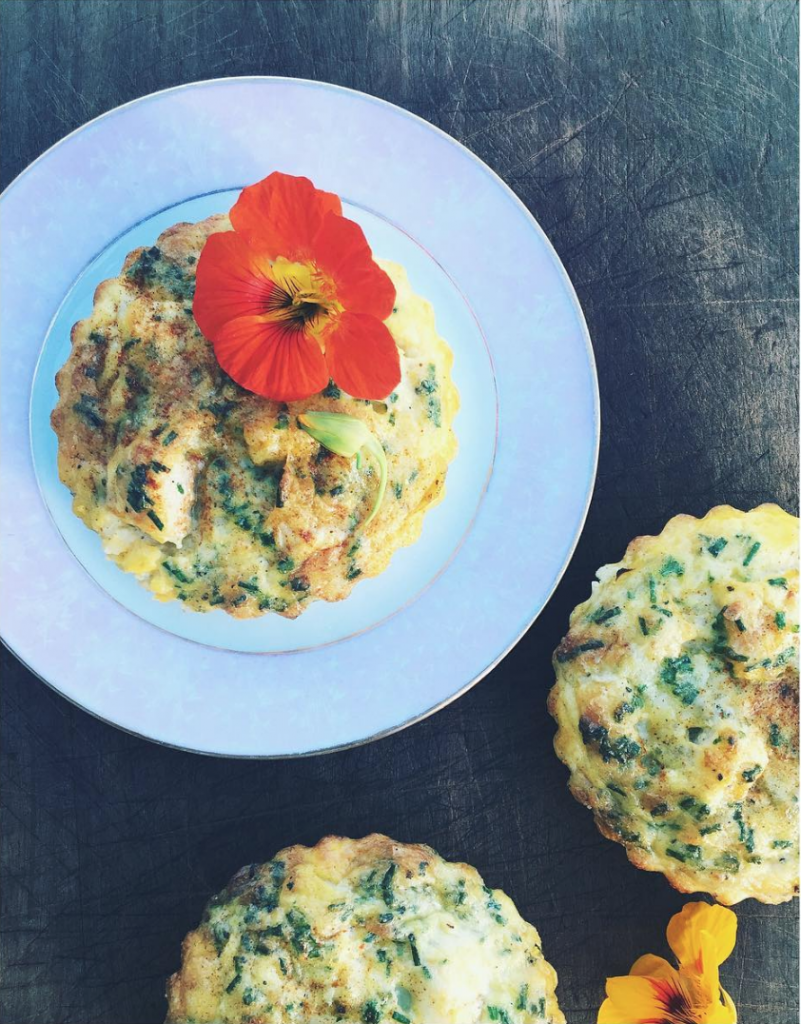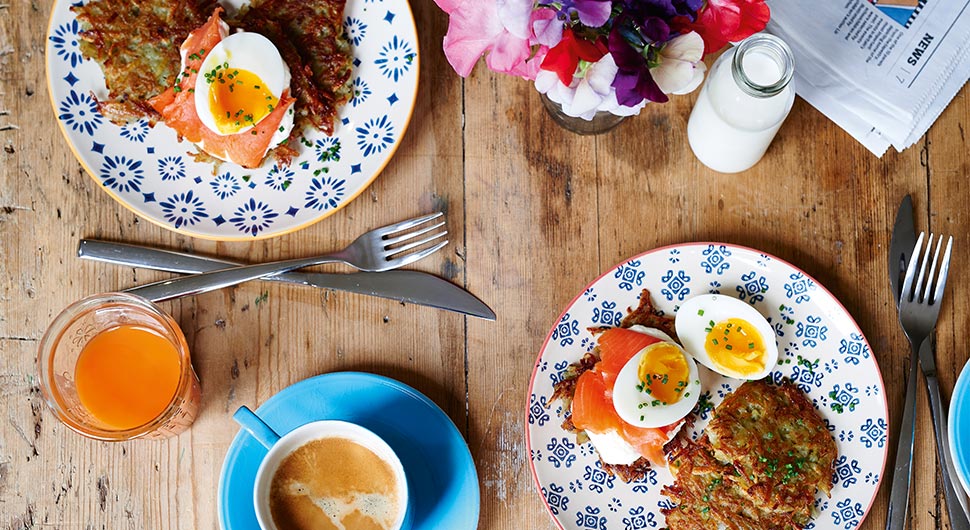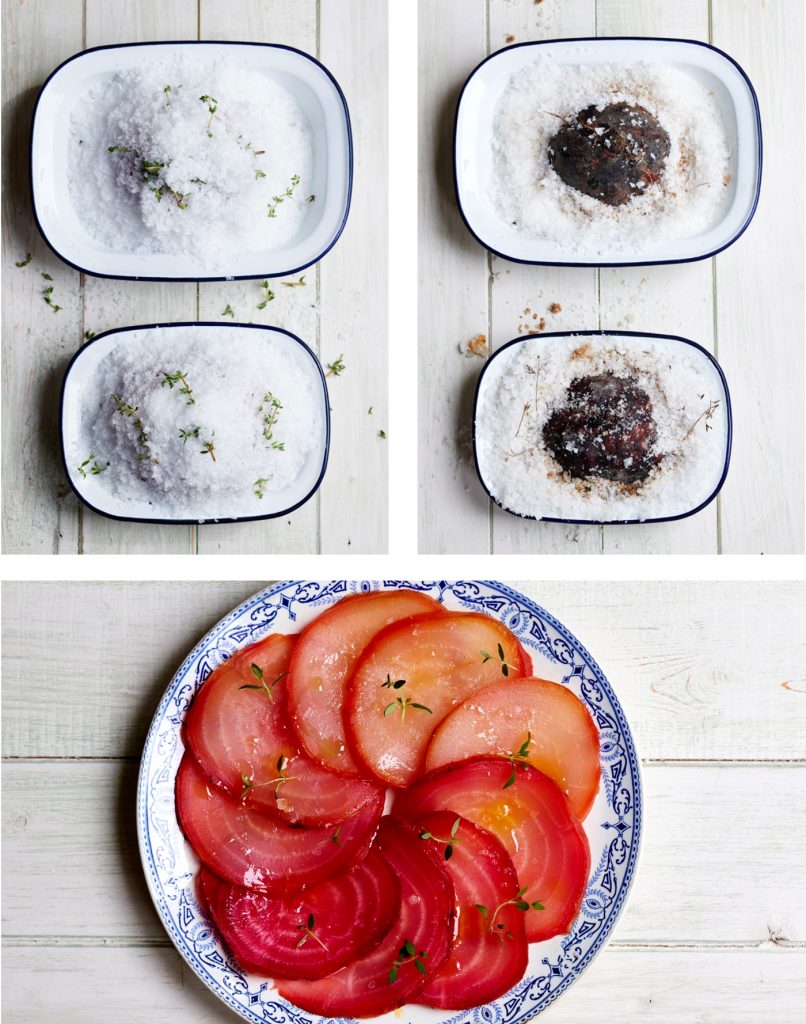
Hold onto your magnolia-luvin’ hats, people, for I come bearing news: magnolia flowers are edible. I know. All those years taking pictures for Instagram when we could have been eating them instead.
A little punchy in their fresh form, magnolia petals transform into a downright delicacy when pickled. With a unique floral/ ginger taste, the end result is akin to the Japanese pickled ginger that accompanies your sushi, delicate and dusty pink in hue.
Alas, I do not have a magnolia tree in my garden. I stole some. From a church yard. So I hope you like this recipe because I’ll be going to hell soon after.

Here’s what you’ll need:
- magnolia flowers (I used 5 blooms for 1 jam-jar of pickles)
- 350ml cider apple vinegar
- 150ml water
- 120g caster sugar
- A little ice
- 1 sterilised jam jar
Method:
Prepare a large bowl of iced water. Carefully separate the petals from your magnolia flowers, discarding any bruised/ damaged blades, and plunge them into the iced water. This will both wash them and keep them from spoiling while you make the pickling liquor.
For goodness’ sake, turn on the extractor fan. No one wants a face full of pickle steam. Apart from that, it’s very easy. Tip the vinegar, water and sugar into a saucepan and simmer, stirring until the sugar has dissolved. Set to one side to cool.
To prepare your jar, arrange the petals vertically – working from the outside in – until full. Pour over the pickling liquor, right to the top, then seal the lid tightly.
N.B. I’ll return with an update on ‘how long to leave them’ . This is definitely a leave-it-in-the-fridge recipe, and I’d take bets that 4 weeks pickling should do the job, but I’ll check them every 7 days and report back.
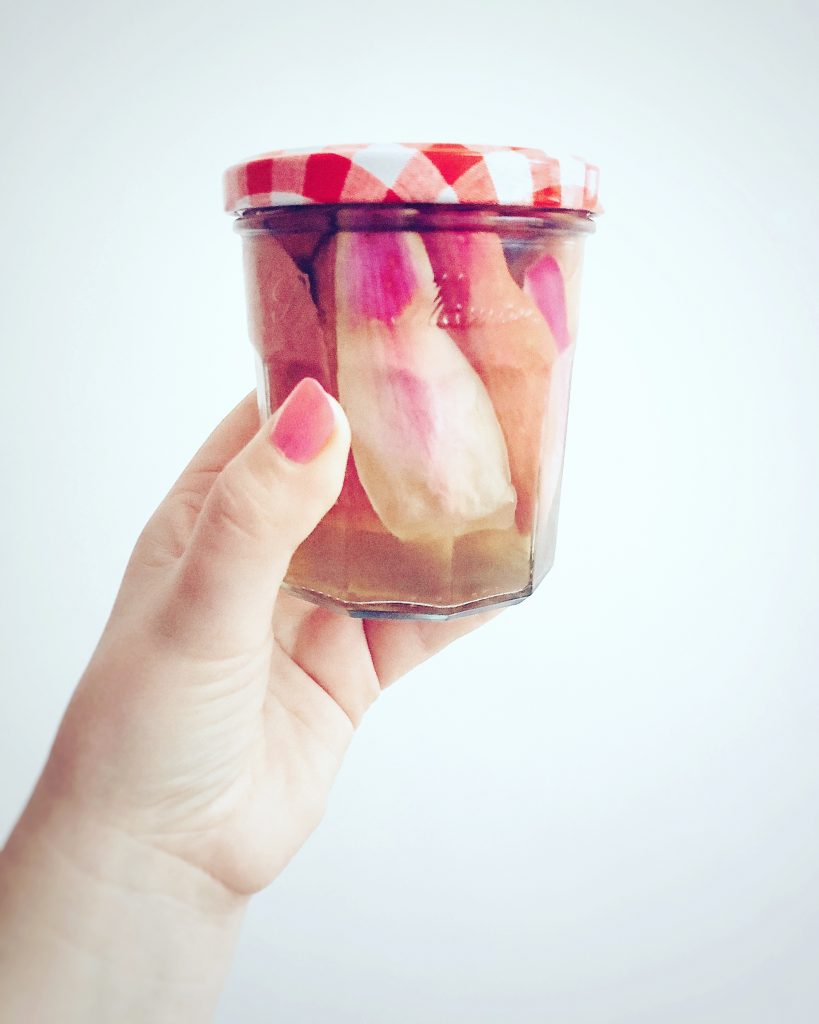
Serve alongside sushi, sprinkled over salads, added to elaborate burger + bun combos, or resting atop a particularly posh open roast beef sandwich. Pickle heaven.
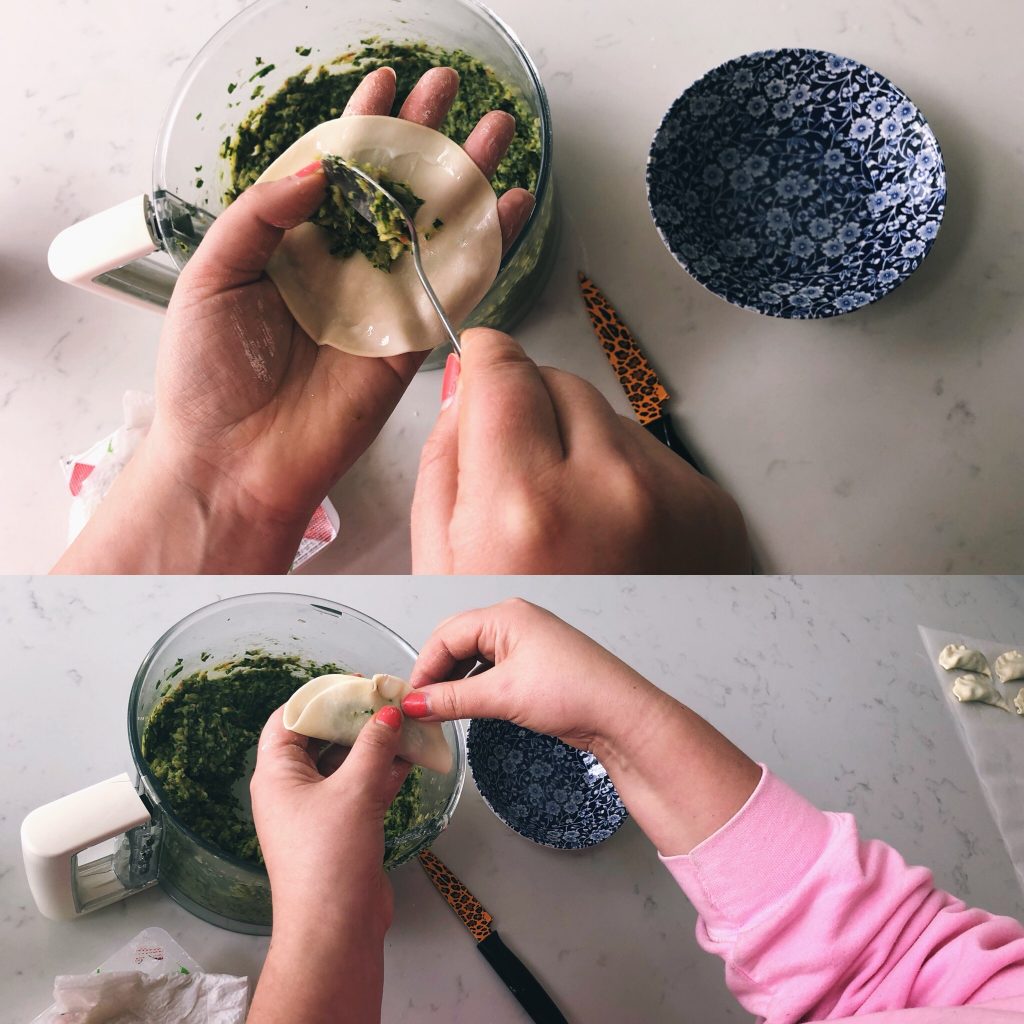
 Here’s what you’ll need:
Here’s what you’ll need: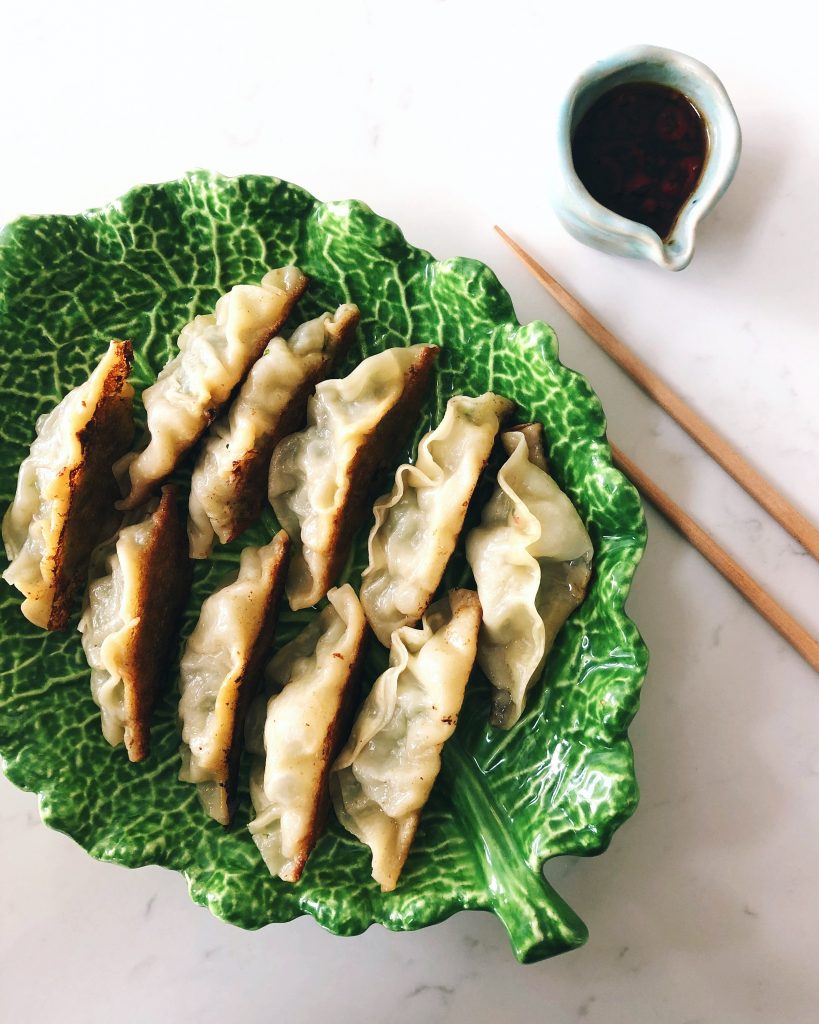
 I have spent much of this morning filling the house with the smell of warm gingerbread and am singing carols to myself while piping icing on everything in sight. In truth, I may have inhaled too much ginger.
I have spent much of this morning filling the house with the smell of warm gingerbread and am singing carols to myself while piping icing on everything in sight. In truth, I may have inhaled too much ginger.